While icebergs may appear to be gentle giants, when they flip over, they can unleash a deadly power. While this clearly displays their stunning underbelly, it also creates tsunamis, earthquakes, and may even swallow adjacent boats.
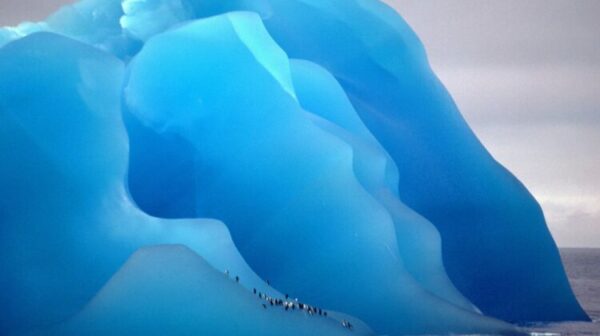
But what causes these massive ice mountains to topple in the first place? To comprehend this process, we must first define icebergs.
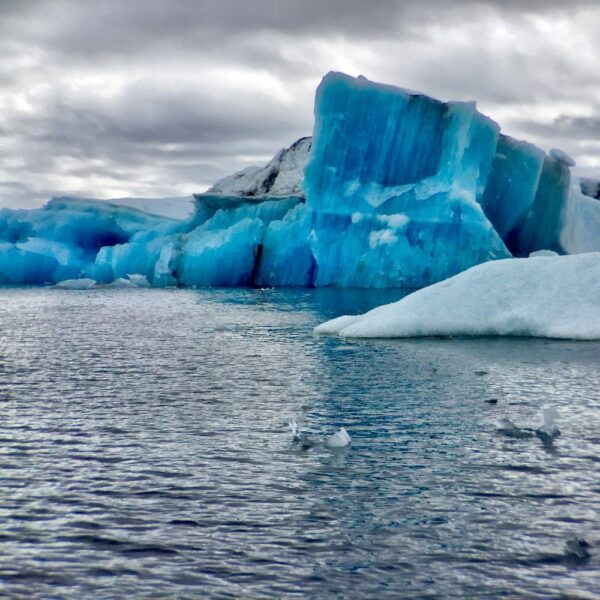
The picture was taken hours after this iceberg has flipped. Image credits: Chris Feichtner
An iceberg, according to the National Oceanic and Atmospheric Administration, is a massive chunk of ice that has broken off from a glacier or shelf ice and is floating in open sea. And, although floating in the salty sea, icebergs are generated from snowfall and are constituted of freshwater. However, in order to be categorized as an iceberg, they must meet specific criteria.
Icebergs must have a top elevation of at least 16 feet above sea level, a thickness of 98-164 feet, and a surface area of at least 5,382 square feet. Anything smaller than that is referred to as a “bergy bit” or “growler.” Bergy pieces are often medium to big ice chunks with a top elevation of at least 3 feet above sea level, and they should typically cover an area of 1076-3,229 square feet. Anything smaller than that is referred to as a growler. They are often the size of a vehicle or bus.
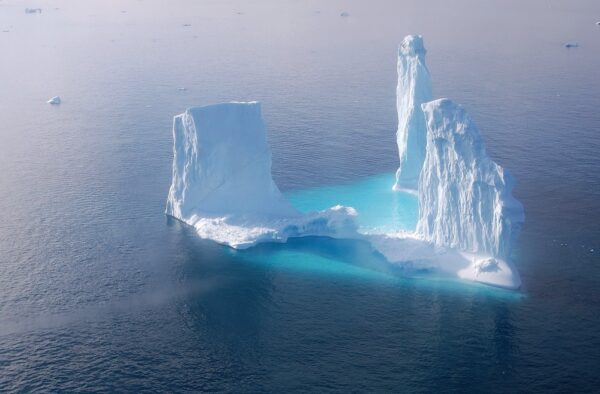
Icebergs are generally submerged underwater and the tips you see floating are barely 10% of their total mass. Image credits: Greenland Travel
Because gravity maintains the majority of an iceberg’s bulk beneath the sea, it is incredibly stable. Icebergs are unlikely to flip once they reach this stage. As a result, the likelihood of an iceberg flipping is greatest when it forms.
Consider pushing a rubber duck or a plastic toy underwater and how they will return to the same location on the water’s surface once released. Gravity will determine the best stable posture for these things, and the same force causes an iceberg to flip. When an iceberg breaks away from the glacier and falls into the ocean, its uneven form makes it exceedingly unstable, and it will endeavor to put most of its weight beneath the surface, allowing it to float in a steady position with the help of gravity.
You can see precisely how this appears in the video below. It depicts an iceberg collapsing and then settling in one spot after pushing the majority of its weight below. The video was shot on Iceland’s Lake Jökulsárlón. The lake is famous for the icebergs that break off from the glacier Breiamerkurjökull.
It’s an amazing sight to see, but it can also be incredibly hazardous. While tiny icebergs may not be dangerous, larger ones, which are plentiful, might cause tsunamis or even earthquakes.
The world’s largest iceberg (as of now) is Iceberg A-76, a massive iceberg that has broken off from Antarctica’s Ronne Ice Shelf. It is approximately 4320 square kilometers in size, somewhat larger than the Spanish island of Majorca. The mere thought of how much force such a massive thing may create is terrifying.
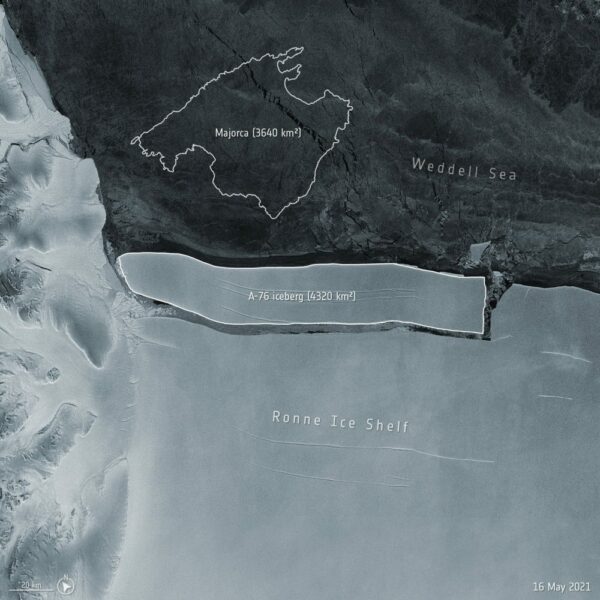
Iceberg A-76 is the largest iceberg in the world. Image credits: The European Space Agency
Scientists at the University of Chicago found that icebergs capsize can unleash as much energy as some of the most devastating catastrophes on the globe, easily as much as an atomic bomb. Tsunamis can be caused by icebergs flipping, and if they happen close enough to the mainland or another solid surface, the ground may shake forcefully enough to be recognized as an earthquake.
The scientists have created a small model of an iceberg flip. The great majority of the model iceberg is plainly pushed down into the ocean by gravity. It violently stirs the water and generates a wave. Consider how it might look with real-life icebergs.
However, icebergs are not just deadly when they overturn; consider the Titanic disaster. An undersea portion of an iceberg scraped down the side of the British ocean liner for roughly seven seconds in 1912, eventually destroying the ship in the perilous Iceberg Alley.
The International Ice Patrol was formed to avoid mishaps caused by icebergs. They find and track icebergs while also notifying ships of potential hazards.


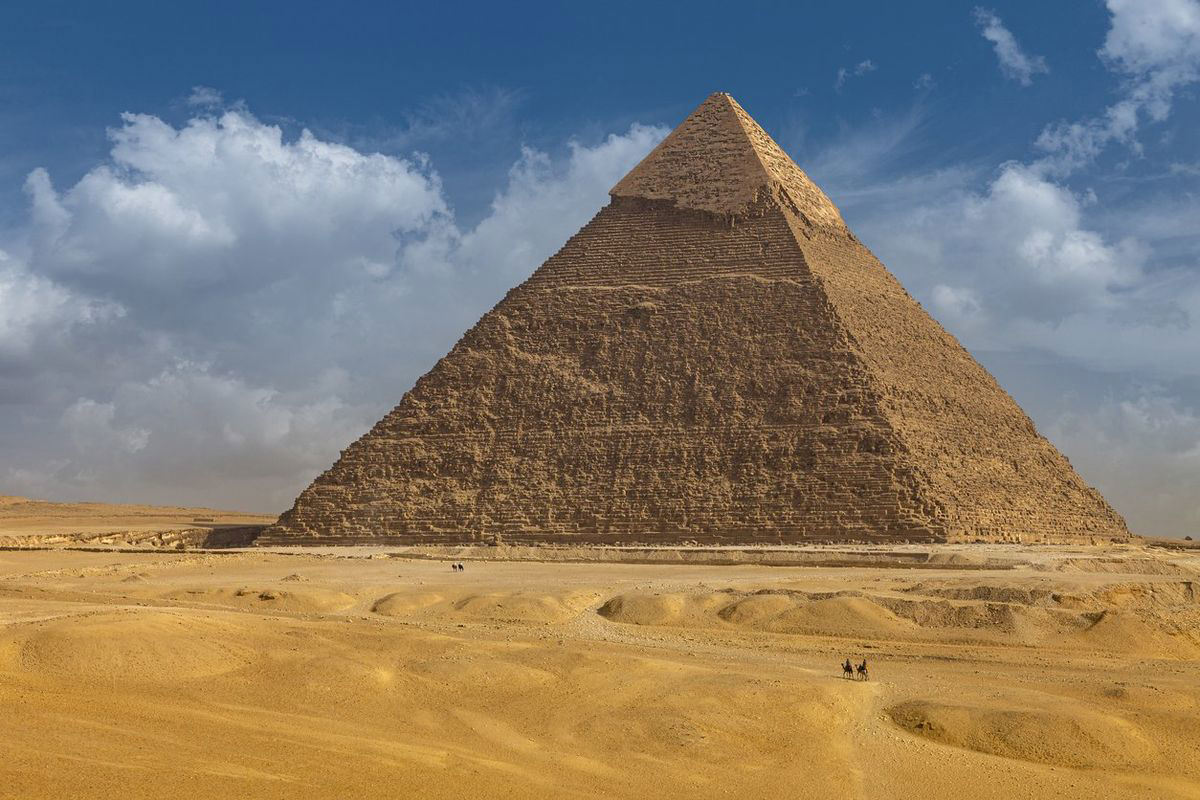

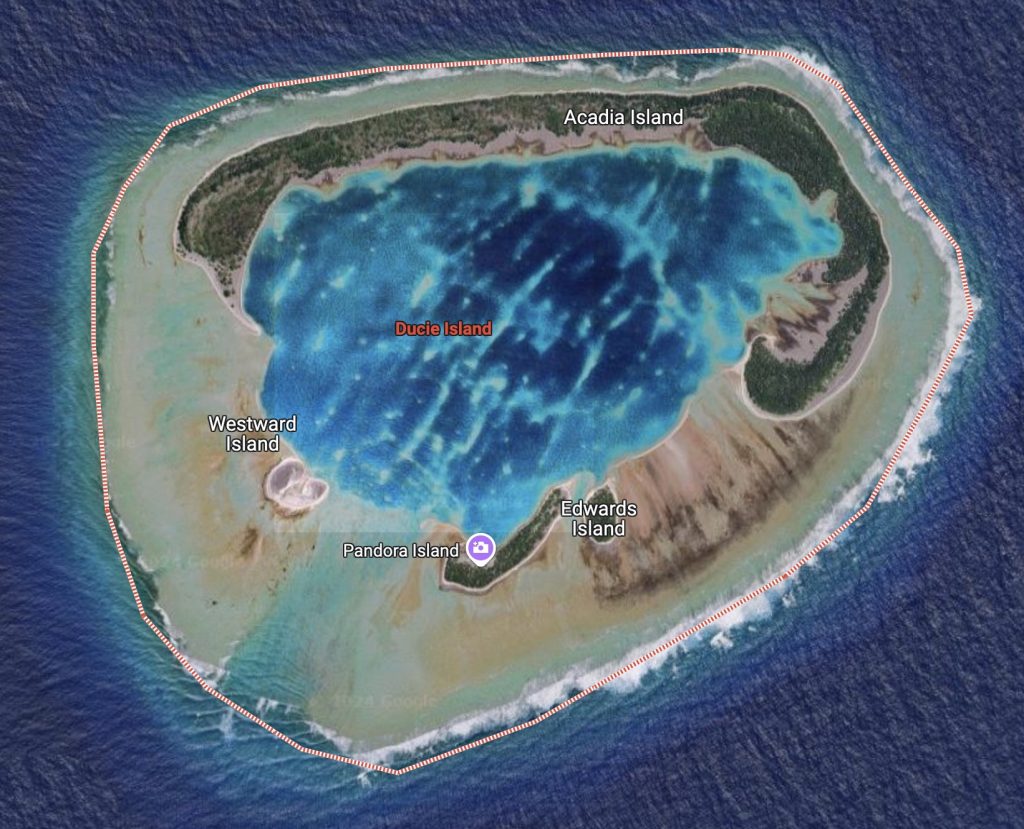


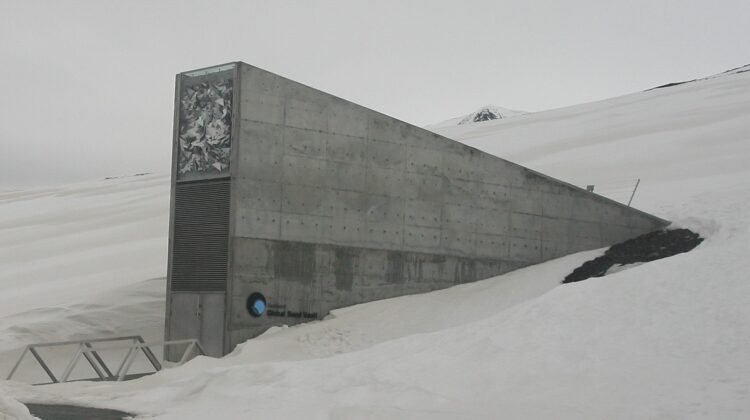
 Photographer Finds Locations Of 1960s Postcards To See How They Look Today, And The Difference Is Unbelievable
Photographer Finds Locations Of 1960s Postcards To See How They Look Today, And The Difference Is Unbelievable  Hij zet 3 IKEA kastjes tegen elkaar aan en maakt dit voor zijn vrouw…Wat een gaaf resultaat!!
Hij zet 3 IKEA kastjes tegen elkaar aan en maakt dit voor zijn vrouw…Wat een gaaf resultaat!!  Scientists Discover 512-Year-Old Shark, Which Would Be The Oldest Living Vertebrate On The Planet
Scientists Discover 512-Year-Old Shark, Which Would Be The Oldest Living Vertebrate On The Planet  Hus til salg er kun 22 kvadratmeter – men vent til du ser det indvendigt
Hus til salg er kun 22 kvadratmeter – men vent til du ser det indvendigt  Superknepet – så blir snuskiga ugnsformen som ny igen!
Superknepet – så blir snuskiga ugnsformen som ny igen!  Meteorite That Recently Fell in Somalia Turns Out to Contain Two Minerals Never Before Seen on Earth
Meteorite That Recently Fell in Somalia Turns Out to Contain Two Minerals Never Before Seen on Earth  Nearly Frozen Waves Captured On Camera By Nantucket Photographer
Nearly Frozen Waves Captured On Camera By Nantucket Photographer  It’s Official: Astronomers Have Discovered another Earth
It’s Official: Astronomers Have Discovered another Earth 